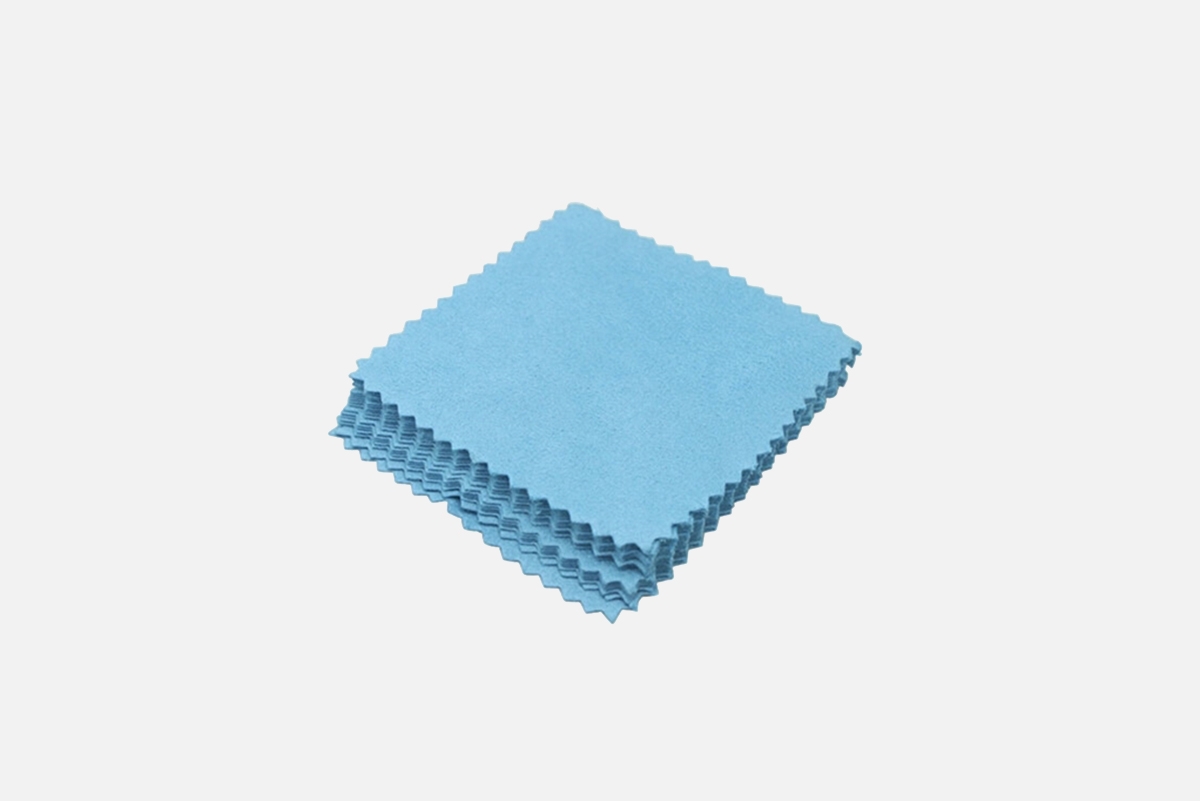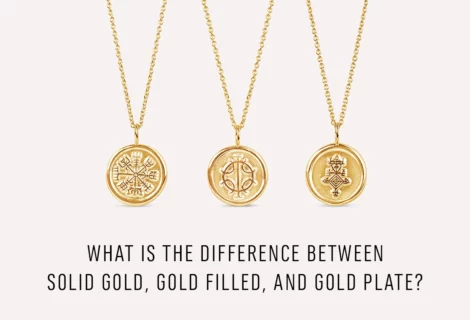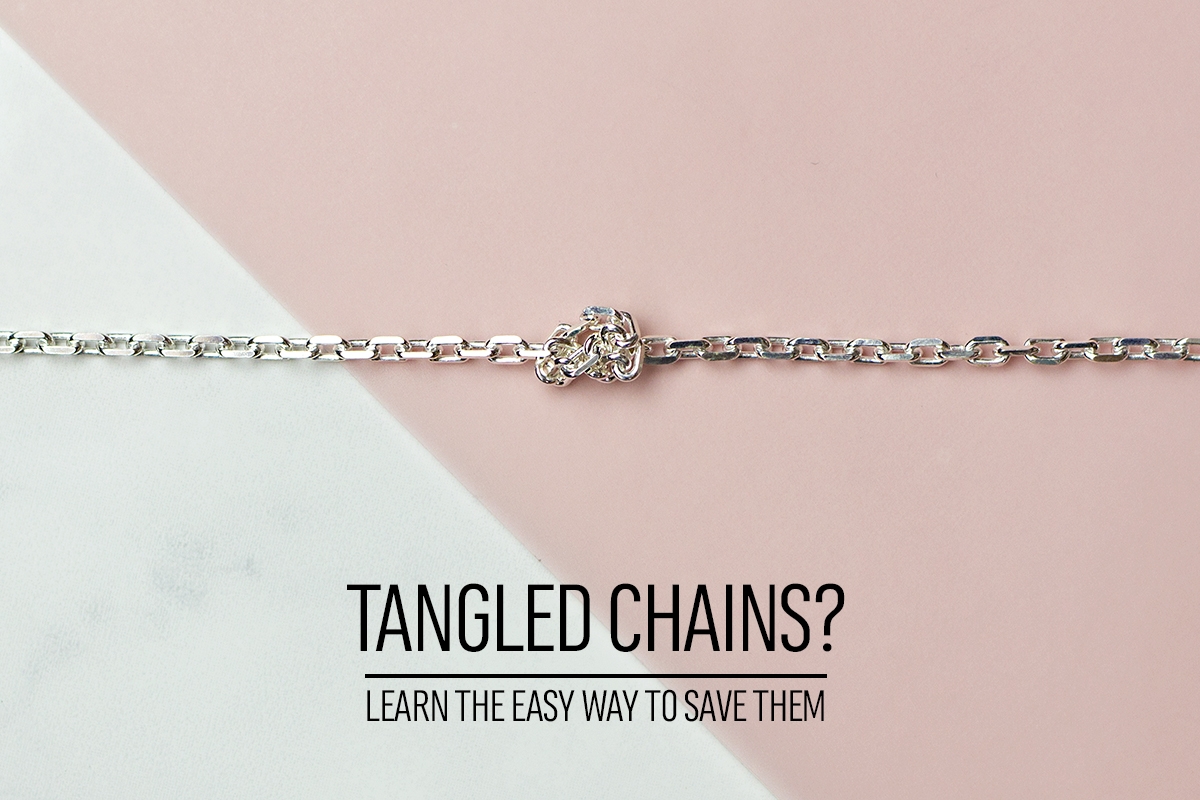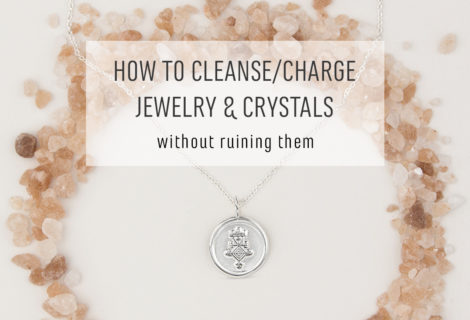If you’ve ever worn sterling silver jewelry then you know that, no matter how careful you are, it won’t stay bright and shiny forever.
But don’t despair! With a little bit of elbow grease and the right materials, you can bring your beloved piece back to its former glory. I’ve shared several methods below but first I’m going to explain the qualities of sterling silver and why it tarnishes so you can get the most wear out of your sterling silver jewelry.
Not interested in the details? Skip to the cleaning instructions.
Table of Contents

What is sterling silver?
While many may not know the difference between fine silver and sterling silver, there are a few distinguishing features and differences between the two.
Sterling silver is a precious metal alloy made up of 92.5% silver and 7.5% other metals, usually copper. This combination of metals makes sterling silver more durable and resistant to tarnishing than fine silver, which is 99.9% pure silver. Sterling silver is also more malleable and can be shaped into a variety of intricate designs.
The hallmark of sterling silver is the .925 stamp, which indicates the amount of pure silver that is present in the alloy. This stamp can be found on the inside or back of jewelry pieces and is an important indicator of quality.
Another silver alloy used in jewelry is argentium silver – which replaces some of the copper in the alloy with germanium, a more tarnish-resistant metal than traditional sterling.
Compared to other fine metals, like gold and platinum, sterling silver is softer, which makes it more prone to scratches and dents. Plus, its reactive nature means it can easily tarnish when exposed to certain chemicals in the environment.
Why choose sterling silver jewelry?
If sterling silver is prone to tarnish, you might wonder why anyone would choose to wear sterling jewelry at all.
The truth is that, while silver does tarnish, it’s also very easy to clean and, if you buy solid pieces, they can be cleaned again and again without any damage to the piece. This makes sterling silver a low-maintentance and long wearing option.
When it comes to jewelry, sterling silver is a great choice for those looking for a timeless, classic style. Not only is it affordable and beautiful, but it is also considered a precious metal that is highly durable and long-lasting.
What is tarnish?
If you’ve ever unearthed a long-lost relic of silver jewelry at the bottom of your jewelry box – darkened, dull, and no longer gleaming – then you know all too well the power of tarnish.
Tarnish is a thin layer of corrosion that forms on the surface of certain metals, such as silver, copper, and brass. It’s caused by a chemical reaction between the metal and sulfur-containing compounds in the air, giving sterling a dull, grey appearance.
Many jewelers actually take advantage of this chemical reaction, using strong sulfer solutions to blacken sterling silver, creating an attractive dark patina often marketed as oxidized silver.
How to prevent tarnish on your jewelry
Oddly enough, one of the best ways to prevent your sterling silver jewelry from tarnishing is to wear it. The combination of your body oils and friction can slow down the process of developing a layer of tarnish.
One caveat here: if you are one of the small percentage of people with higher acidity you’ll actually cause silver to tarnish faster. There are also a few other factors that can increase how quickly your jewelry tarnishes such as humidity, sweat, makeup, and perfume.
Remember you should always remove all of your jewelry before showering, swimming or doing anything rough/dirty (sports, gardening). Especially be aware of spas or pools which have chemicals that can damage jewelry.
Swimming pools (and hot tubs) may look clean and inviting, but the chlorine and bromine used to treat the water can wreak havoc on your silver jewelry – accelerating the tarnishing process and causing a deeper discolouration that is difficult to remove, even with the methods outlined below.
When not in use, store your sterling silver jewelry in a clean zip bag or anti-tarnish pouch.
How to clean sterling silver jewelry at home
If your jewelry is dirty, not just darkened, you’ll get better results if you clean it before attempting to remove the tarnish.
Soak your jewelry in warm water with a couple drops of dish soap then give it a gentle scrub with a clean, soft bristle brush. A children’s toothbrush works great for this – just make sure it was never used with toothpaste as the abrasives may scratch sterling and softer stones.
An ultrasonic cleaner specifically designed for jewelry is also a great option for an even deeper clean. Keep in mind though that ultrasonic cleaners aren’t safe for all jewelry, for instance pieces with softer stones like opal, turquoise or pearls. When in doubt, opt for the safer soaking and brushing method.
Now that your jewelry is squeaky clean, you can use one of the methods below to remove the tarnish.
How to remove tarnish from sterling silver
A light layer of tarnish can be removed with a soft jewelry polishing cloth. Choose a clean spot on the cloth and rub the jewelry gently until it comes back to a nice polish.
For more severe cases of tarnish, you can try a silver dip cleaner (NOT suitable for use on jewelry with pearls or other soft/porous stones).
Or, you can avoid the chemicals and the cost by making your own tarnish remover using the instructions below.
Remove tarnish with aluminum foil and baking soda
Let’s use chemistry to fight chemistry. If a chemical reaction causes tarnish, another one can remove it! By creating an electrochemical charge between metal (aluminum foil) and an alkaline solution (baking soda in water) you can reverse the effects of sulfur on your jewelry.
Now, unless you’re a chemist, I probably lost you somewhere around electrochemical. No worries, this technique is easier than you think.
Here’s what you’ll need to make a non-toxic tarnish remover to clean your silver jewelry at home:
- Aluminum foil
- a shallow heat-proof dish
- baking soda
- a kettle or pot to boil water in
- tarnished silver
Line your dish with the aluminum foil, making sure it’s shiny side up. Place each piece of jewelry into the dish, arranging them so every item has as much contact with the aluminum foil as possible. The more it touches, the cleaner it will get!
Boil the water, and then dissolve 1 tablespoon of baking soda for every cup of water. Make sure you have enough of the solution to completely cover your jewelry. To avoid thermal shock, allow the water to cool slightly before pouring it into the dish.
Soak your jewelry for a few minutes and watch as the tarnish bubbles away before your eyes.
Once your sterling silver jewelry is clean and shiny again, give your pieces a quick rinse and dry them with a soft cloth. Then, let them air dry completely before you put them away or wear them again.
Video Demonstration
For those who prefer to learn visually, this video from today.com is the perfect way to understand the process. It’s a quick, easy-to-follow guide that will have you up to speed in no time!
Shop Sterling Silver Jewelry
-

Weird Magic Wand Pendant – Sterling Silver
$375.00 Select options This product has multiple variants. The options may be chosen on the product page -
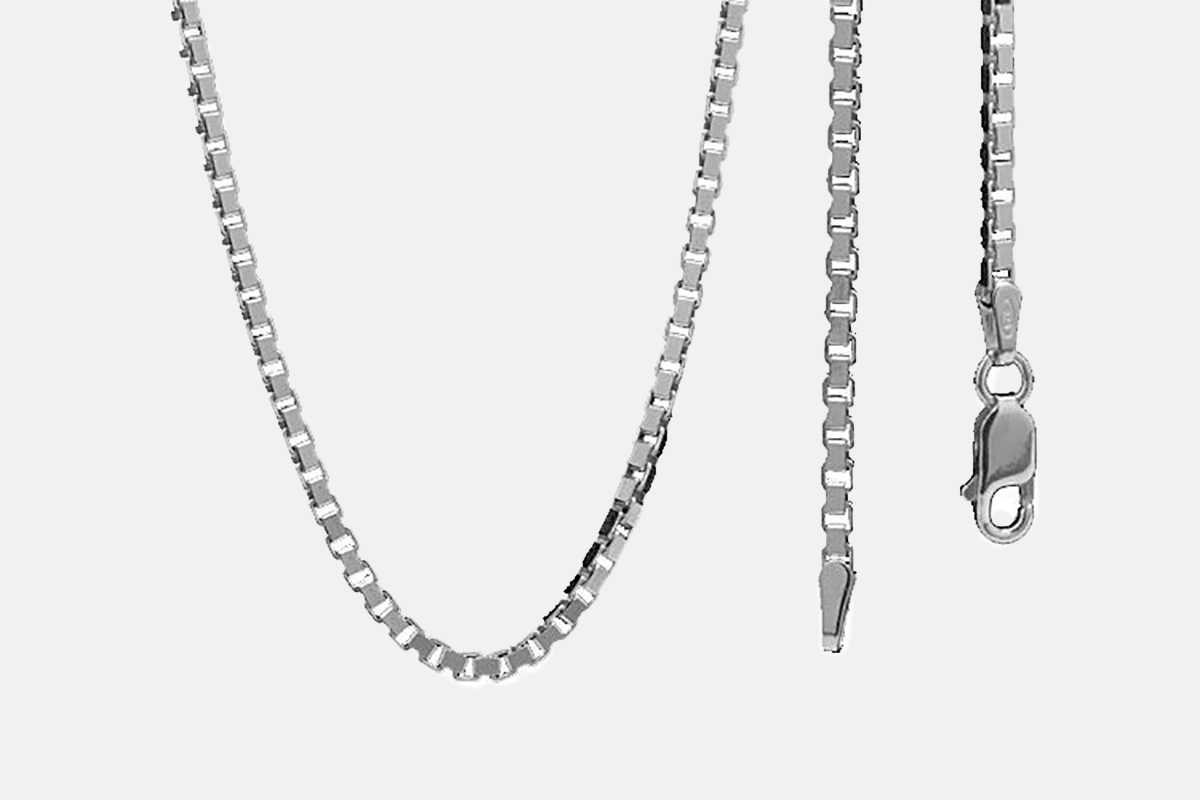
Medium Box Chain – Sterling Silver
$93.00 – $147.00 Select options This product has multiple variants. The options may be chosen on the product page -
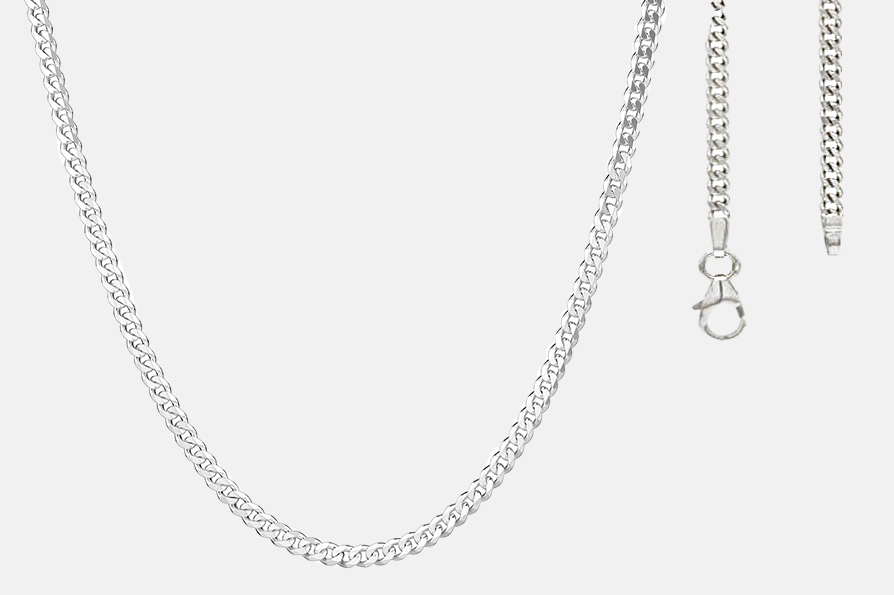
Medium Curb Chain – Sterling Silver
$90.00 – $132.00 Select options This product has multiple variants. The options may be chosen on the product page -

Medium Cable Chain – Sterling Silver
$63.00 – $90.00 Select options This product has multiple variants. The options may be chosen on the product page
-

Birthstone Stud Earrings – December Turquoise
$95.00 – $115.00 Select options This product has multiple variants. The options may be chosen on the product page -

Birthstone Stud Earrings – November Citrine
$95.00 – $115.00 Select options This product has multiple variants. The options may be chosen on the product page -

Birthstone Stud Earrings – October Pink Tourmaline
$195.00 Select options This product has multiple variants. The options may be chosen on the product page -

Birthstone Stud Earrings – September Sapphire
$135.00 – $155.00 Select options This product has multiple variants. The options may be chosen on the product page
-

Personalized Initial Ring – Sterling Silver
$125.00 Select options This product has multiple variants. The options may be chosen on the product page -
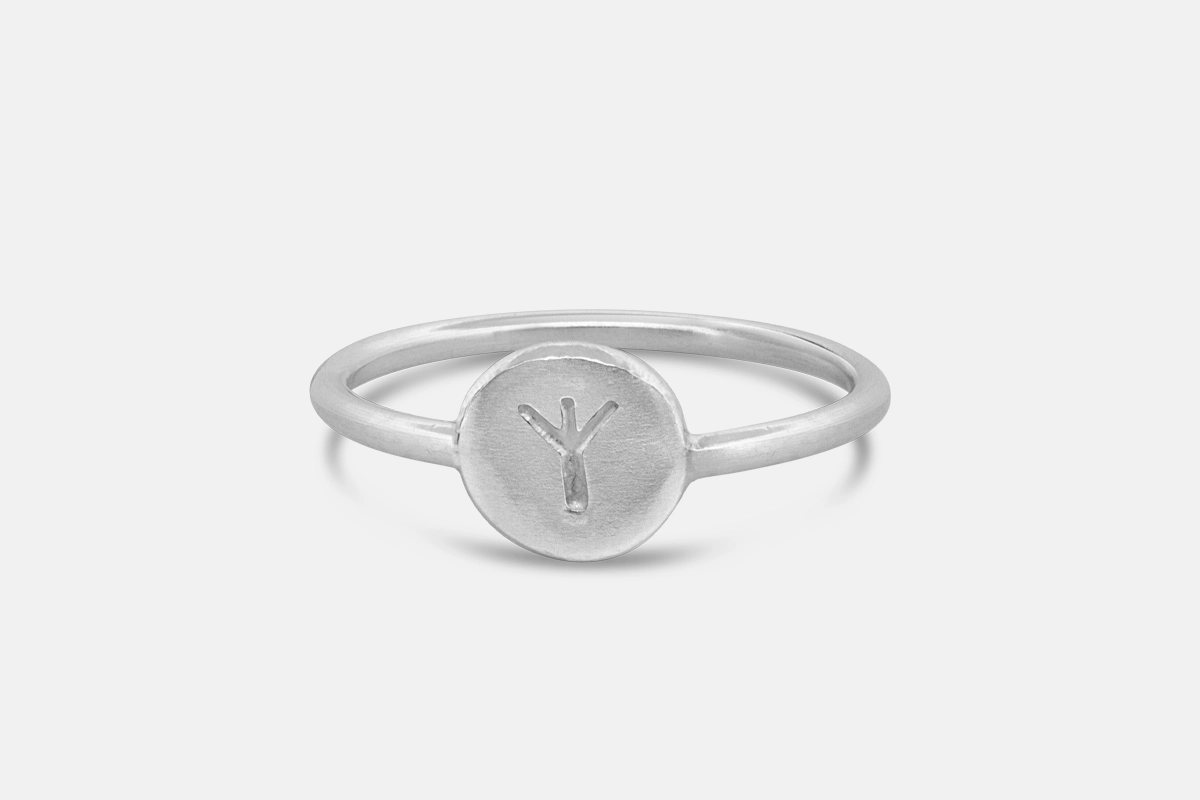
Futhark Rune Ring – Sterling Silver
$125.00 Select options This product has multiple variants. The options may be chosen on the product page -
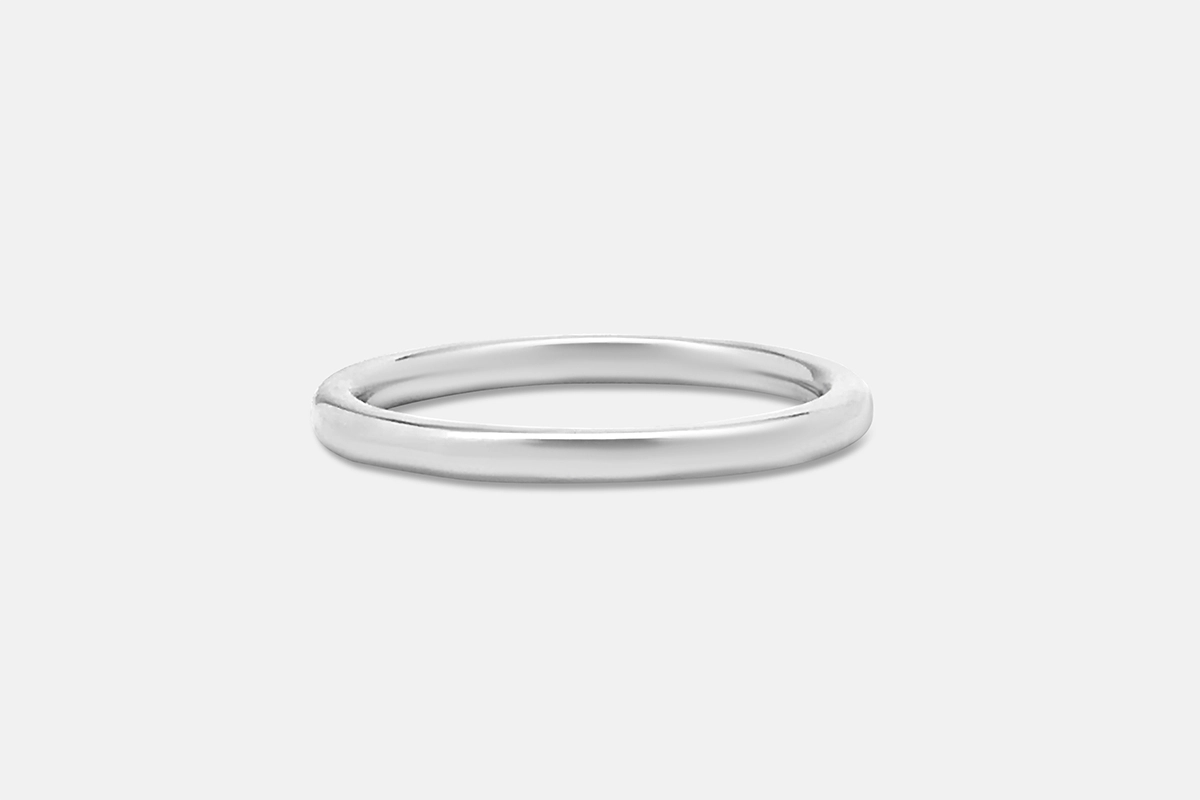
Round Ring Band – 2mm
$95.00 – $500.00 Select options This product has multiple variants. The options may be chosen on the product page -

Botanical Signet Ring
$350.00 Select options This product has multiple variants. The options may be chosen on the product page


